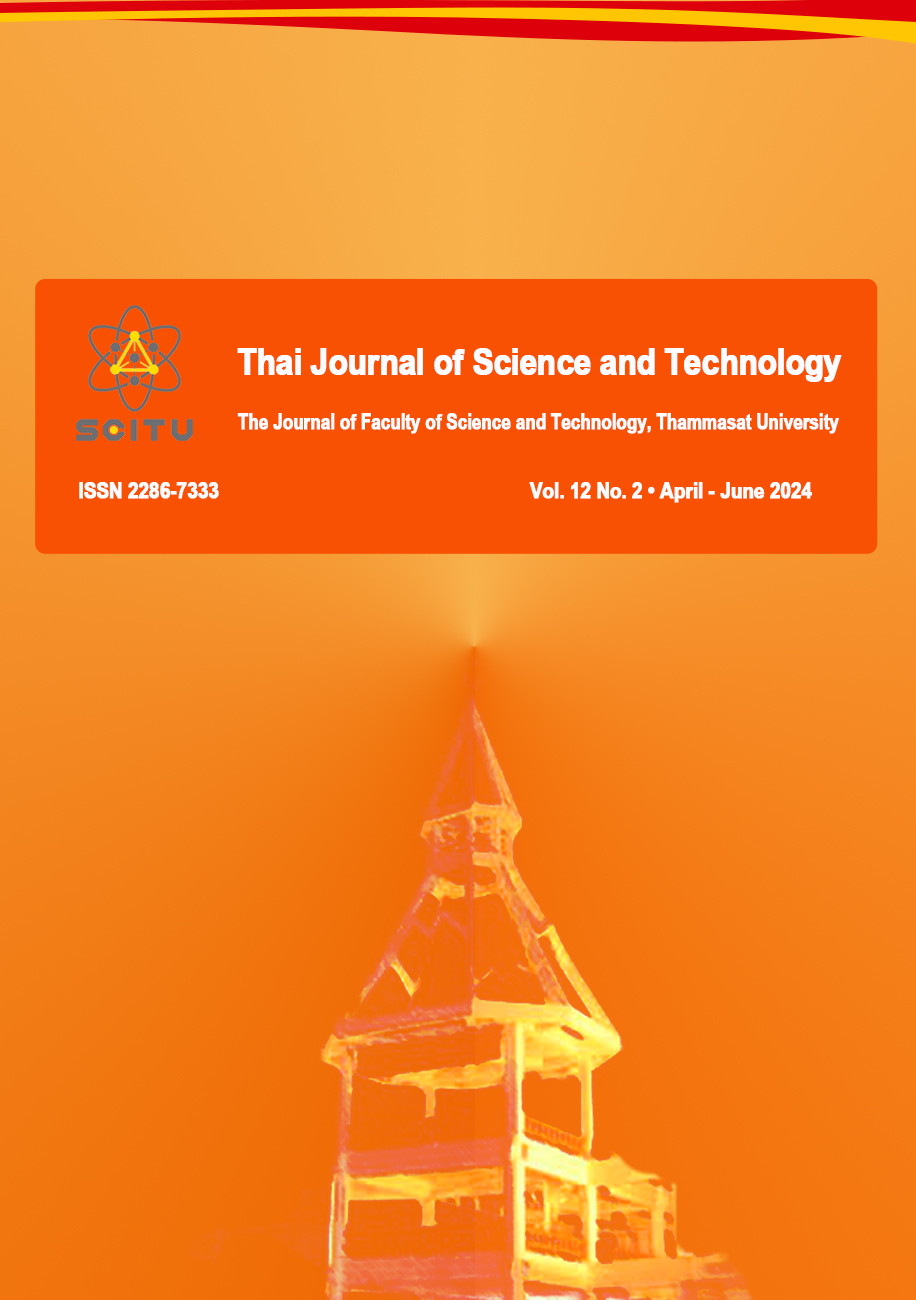Effects of Self-efficacy Promotion on Swallowing Rehabilitation in Stroke Patient with Dysphagia: Case study
Main Article Content
Abstract
One major issue that affects stroke patients is dysphagia. Patients thus heal more slowly. It plays a significant role in creating issues. including resulting in a low quality of life for the patient. Therefore, nurses are crucial in providing care for stroke patients in order to avoid dysphagia-related problems. It is critical that nurses support appropriate swallowing therapy using the right techniques. Before beginning to swallow, the patient's readiness must be determined. consisting of the following: 1. Assessing awareness; 2. Evaluating verbal response; 3. Placing the patient in a high Fowler's position (90 degrees); and 4. Conducting a swallowing test. Including strengthening the swallowing muscles as part of recovery. To encourage the mouth's strength.
Article Details

This work is licensed under a Creative Commons Attribution-NonCommercial-NoDerivatives 4.0 International License.
บทความที่ได้รับการตีพิมพ์เป็นลิขสิทธิ์ของคณะวิทยาศาสตร์และเทคโนโลยี มหาวิทยาลัยธรรมศาสตร์ ข้อความที่ปรากฏในแต่ละเรื่องของวารสารเล่มนี้เป็นเพียงความเห็นส่วนตัวของผู้เขียน ไม่มีความเกี่ยวข้องกับคณะวิทยาศาสตร์และเทคโนโลยี หรือคณาจารย์ท่านอื่นในมหาวิทยาลัยธรรมศาสตร์ ผู้เขียนต้องยืนยันว่าความรับผิดชอบต่อทุกข้อความที่นำเสนอไว้ในบทความของตน หากมีข้อผิดพลาดหรือความไม่ถูกต้องใด ๆ
References
Banda, K.J., Chu, H., Kang, X.L., Liu, D., Pien, L.C., Jen, H.J., Hsiao, S.S., Chou, K.R. (2022). Prevalence of dysphagia and risk of pneumonia and mortality in acute stroke patients: a meta-analysis. BMC Geriatrics, 22(1), 1-10.
Benjapornlert, P., Arayavichanont, P., Manimmanakorn, N. & Wattanapan, P. (2018). The Prevalence of Oropharyngeal Dysphagia in Acute Stroke Patients at Srinagarind Hospital. Journal of Thai RehabilitationMedicine, 28(2), 49-53. (in Thai)
Bunchorntavakul, C., Kongkam, P., Pittayanon, R., Chirapongsathorn, S., Treeprasertsuk, S. & Phaosawadi, K. (2023). Textbook of Gastroenterology: Diagnosis and Current Management. 2nd edition. Location: Bangkok, Thailand. (in Thai)
Feigin, V.L., Krishnamurthi, R.V., Parmar, P., Norrving, B., Mensah, G.A., Bennett, D.A., et al. (2021). Update on the Global Burden of Ischemic and Hemorrhagic Stroke in 1990-2013: The GBD 2013 Study. Neuroepidemiology, 45(3), 161-76.
Jullamate, P. (2023). NURSE CARE FOR OLDER ADULT WITH STROKE. (2nd edition). Location: Faculty of Nursing, Burapha University, Chonburi. (in Thai)
Khowpongampai, B., Piyakong, D. & Tepsuriyanont, S. (2020). The Effect of the Self-Efficacy Promoting Program on Self-Efficacy and Swallowing Ability in Stroke Patients with Dysphagia. Journal of Nursing and Health Sciences, 14(1), 122-134. (in Thai)
Mamom, J., & Daovisan, H. (2022). Listening to Caregivers’ Voices: The Informal Family Caregiver Burden of Caring for Chronically Ill Bedridden Elderly Patients. International journal of environmental research and public health, 19(1), 567.
Marin, S., Serra-Prat, M., Ortega, O., Clavé, P. (2020). Healthcare-related cost of oropharyngeal dysphagia and its complications pneumonia and malnutrition after stroke: a systematic review. BMJ Open, 10(8), 1-13.
Muengtaweepongsa, S. (2022). Cerebrovascular and Critical Care Neurology. 2nd edition. Location : Thammasat University Press, Pathum Thani. (in Thai)
Neurological Institute of Thailand. (2016). Clinical Nursing Practice Guideline for Stroke. Location: TanaPress Co., Ltd., Bangkok. (in Thai)
Hien, N.T.T., Puwarawuttipanit, W. & Chanruangvanich, W. (2017). Factors Related to Health Status among Ischemic Stroke Patients with Dysphagia. Journal of Nursing Science, 35(2), 38-47. (in Thai)
Panrit, A., Bangkewn, K., Jitprasert, T. & Sinla, N. (2022). The Effectof Nursing GuidelinestoEnhancing Swallowing Capacity of Patients with Acute Stroke for Preventing Aspiration Pneumonia. Journal of Health science Boromarajonani College of Nursing Sunpasitthiprasong, 6(2), 1-15. (in Thai)
Pongchaidecha, A. (2019). Physiology of Gastrointestinal System. Location: Department of Physiology, Faculty of Medicine, Chaing Mai University, Chaiang Mai. (in Thai)
Prasat Neurological Institute. (2009). Clinical Nursing Practice Guideline for Stroke Patients with Dysphagia. Location: The War Veterans Organization of Thailand, Bangkok. (in Thai)
Saiyo, S. (2018). Prevalence of dysphagia in hospitalized stroke patients in Sisaket Hospital. Medical Journal of Srisaket Surin Buriram Hospitals, 33(2), 119-128. (in Thai)
Sathiyamas, J., Rungroungdouyboon, B., Muengtaweepongsa, S., et al. (2022). Developing a Repositioning-assisted Device for the Prevention of Pressure Ulcers for Bedridden Patients: A Pilot Study. Thai Journal of Nursing and Midwifery Practice, 9(2), 130-142. (in Thai)
Thaihealth. (2017). Stroke results in a death every 6 seconds. [cited 2024 February 14]. Retrieved from https://www.thaihealth.or.th/?p=255331 (in Thai)
Thindoem, A., Hongchayangkool, K., Rodklai, A., et al. (2021). Community Participation for Rehabilitation of Dysphagia in Post-Stroke Patients. Christian University Journal, 27(4), 35-49. (in Thai)
Tiamkao, S. (2022). Stroke incident in Thailand. Thai Journal of Neurology, 39(2), 39-46. (in Thai)
Wang, Y.J., Zhao, X.Q., Wang, S.S., Ji, R.J., Wang, C.X. (2020). Chinese consensus on standardized nutrition management in patients with stroke. Chinese Journal of Stroke, 15, 681–689.
Wattanapan, P. (2018). Swallowing rehabilitation. 2nd editon. Location: Khon Kaen University Printing, Khon Kaen. (in Thai)
World Stroke Organization. (2022). Up again after stroke. 2022 [cited 2024 February 14]. Retrieved from http://www.world stroke campaign.org/.


